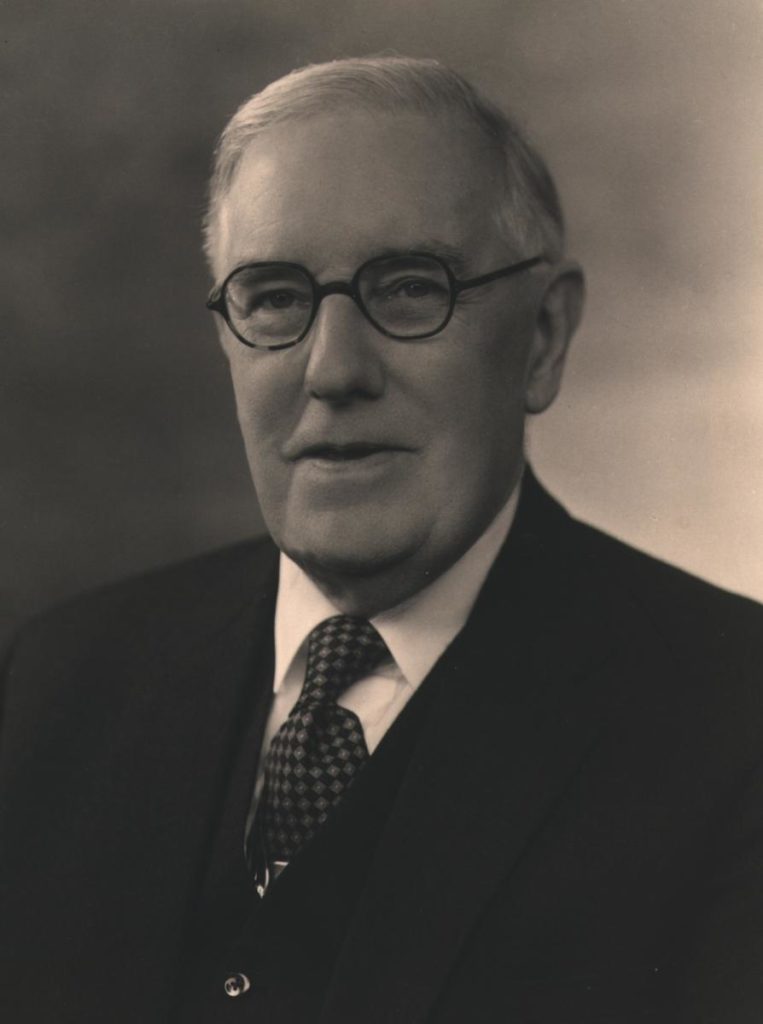Arthur Doodson (1890-1968): Inventor of the Tide Predicting Machine, born Boothstown
Arthur Thomas Doodson was born on 31 March 1890 at Boothstown in Lancashire. He was a bright lad, and by the time he was 13 he was teaching in the village school. He wanted to be a teacher, and went to Liverpool University, but at the age of 19 he became profoundly deaf and had to give up the idea. He was most ingenious, however, and made his own hearing aid, which he carried around with him in a briefcase. He was deeply religious and a conscientious objector, and he was upset when during the First World War he was told to calculate the trajectories of shells. But he discovered they were defensive shells intended to protect London against zeppelin attack; so that was not so bad. At the end of the war, in 1919, he came to Liverpool and started work on tide prediction, which became his life’s work.
At the time of the 1891 census Arthur Thomas Doodson (aged 1) lived at 197 Chaddock Road, Boothstown (Chaddock Road later became Leigh Road). With him were his father, Thomas, aged 30, a manager in a cotton weaving mill; his mother, Elizabeth, also 30; and his brother George, aged 5. George (like his father) had been born in Radcliffe (Elizabeth was originally from Breightmet), so the family was relatively new to Boothstown at this time.
The Tide Predicting Machine
The first ever tide-predicting machine was dreamed up by that grand old man of science Lord Kelvin in 1872 after a chance conversation in a railway carriage. The tides had been observed for many years and clever mathematicians were able to break down any complex tidal pattern (with seemingly irregular up and down variations) into a sum of simple, regular up and down waves (sine waves) of different size and speed.
A sine wave can be easily represented by the motion of an eccentric wheel, that is, a wheel which has its shaft off centre. What Kelvin did was represent all the different simple components (the action of the moon, the sun etc) by a different off-centre wheel. The problem was mechanically adding up the results of each wheel, because they ran at different speeds. So, when some were going up (adding to the tide, so to speak) some other wheels would be going down (reducing the tide).
Kelvin got around this by running a single wire along his machine which went around each wheel. This way the combined effects of the up or down motion of the wheels would be represented by the up and down motion at the end of the string. He put a pen on the end of the string and so could draw the tides.
Doodson became a master of these machines and constructed a 42 constituent version. There are 42 separate moving pulleys, each representing an oscillating force acting on the water. With his machine it took a day and a half to do the tides for one place for a year, and they calculated tides for 160 ports, 30 in Britain, and the others all around the world. On this very machine Doodson even calculated the exact tides for the D-day landings in 1944.
This reminds me of Charles Babbage, and the Difference Engine he tried to build to calculate tables a hundred years earlier. Then, the technology wasn’t good enough, and the Difference Engine never worked. But this one did, and for many years, until modern computers became available, this was the best machine in the world for predicting the tides, and it was built and operated by Arthur Doodson (photo below).

Sources
Arthur Doodson was featured in the BBC programme Local Heroes and the contents of this web page were taken from the BBC Education web site (they no longer appear to be online). Not wishing to infringe copyright, the original Boothstown web site sought permission from BBC Online to reproduce the text. The material will be withdrawn from this web site if necessary. The photograph of Arthur Doodson is copyright unknown – please contact us if copyright has been infringed, and we’ll remove the photo from this web page. Thanks to Dave Vernon whose family history research brought Arthur Doodson to the attention of Tony Smith who compiled the original Boothstown web site. For more information see the Wikipedia page about Arthur Doodson.